Eating Sustainably: Five Diet Tips for a Healthy Body and a Healthy Planet
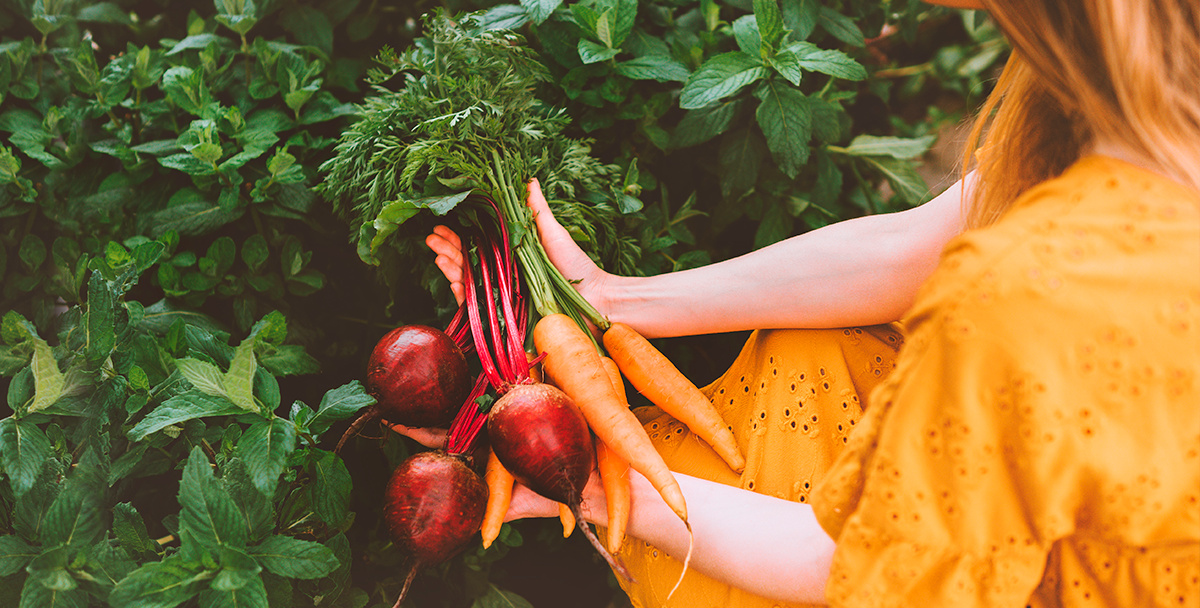
Living a healthy lifestyle by modifying our exercise habits and paying more attention to what goes into our food will not only improve your health and extend your life, it will also help the planet. Living more sustainably and being more conscious of finite natural resources has never been more important. Here are five tips to eat healthy and help reduce harm to the planet.
FIVE WAYS TO EAT HEALTHY AND HELP THE PLANET
1. EAT LESS MEAT
Global temperatures are on the rise and our species faces a crisis of epic proportions as we watch more wild species die off around us. Food production is the most significant single catalyst for wildlife destruction. Forests are cut down to provide grazing space for cattle and other livestock. Much of the meat and other animal products that come from cattle and other livestock such as chickens or pigs go to waste. If demand declines for meat and other animal products, such as dairy, the need to raise billions of animals used for their meat will lessen, leading to less destruction of natural habitats.
2. ELIMINATE OR REDUCE CONSUMPTION OF ULTRA-PROCESSED FOOD
The production, transportation, and mass consumption of ultra-processed foods contribute to greenhouse gas emissions, emitting methane, nitrous oxide, and large amounts of carbon dioxide, which comprises the largest portion of all greenhouse gases currently in the atmosphere (79%), according to the EPA. These foods include artificially sweetened beverages, oily or greasy snack foods like chips, and processed meats. Reducing consumption of these foods reduces supply, and will lead to better health outcomes for you.
3. TRY TO CUT FOOD WASTE
Processing and properly storing food waste contributes greatly to greenhouse gas emissions. You can do your part by safely storing perishable foods, and purchasing foods you intend to use soon after you purchase them.
4. EAT SEASONALLY
Eating foods that are easily acquirable in your local area according to time of year helps cut down on transportation costs and allows you to support your local food system, rather than relying on unsustainable practices to move unseasonal food to your local grocery store.
5. GROW YOUR OWN FOOD
Invest in planting your own garden to harvest fresh food from. Even a small plot goes a long way.
Sources : https://www.epa.gov/ghgemissions/overview-greenhouse-gases | https://totaste.com/eating-sustainably/ | https://www.tecnoambiente.com/
- Share with Twitter
- Share with Facebook
- Share with LinkedIn
- Share with e-mail
Might be interested in

How does climate risk affect us?

The importance of energy efficiency in achieving climate goals
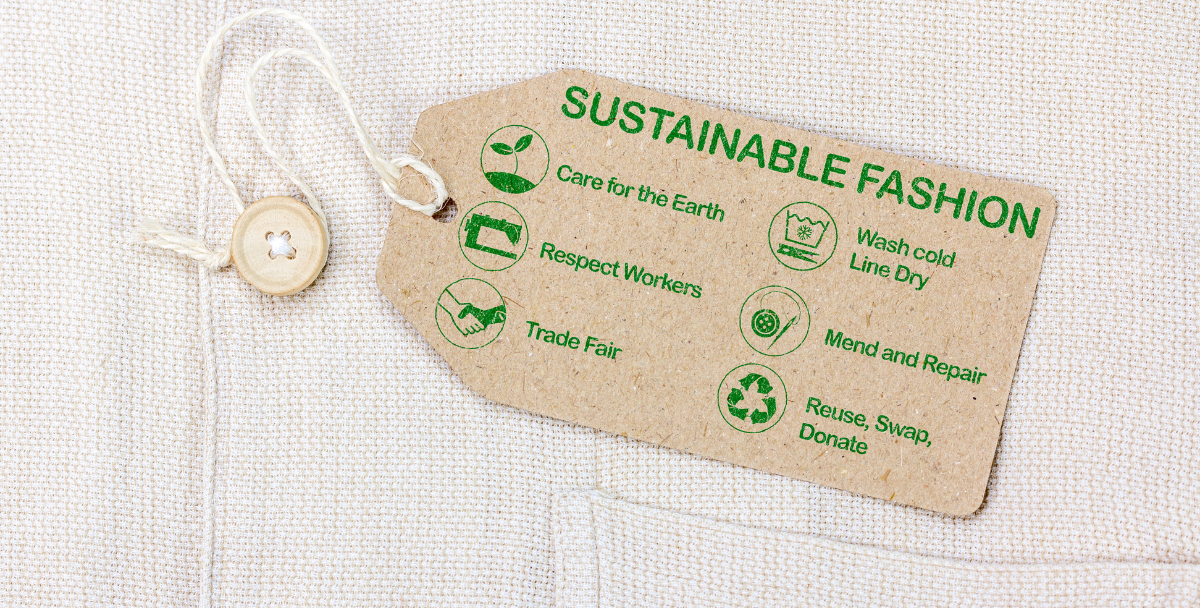
How Sustainability Technology is changing the Fashion Industry for the Better

An Ambitious Plan to Manage Non-Packaging Plastics in European Waste Streams

Empowering a Greener Future: The Role of Sustainable Finance in Transforming Society and the Environment
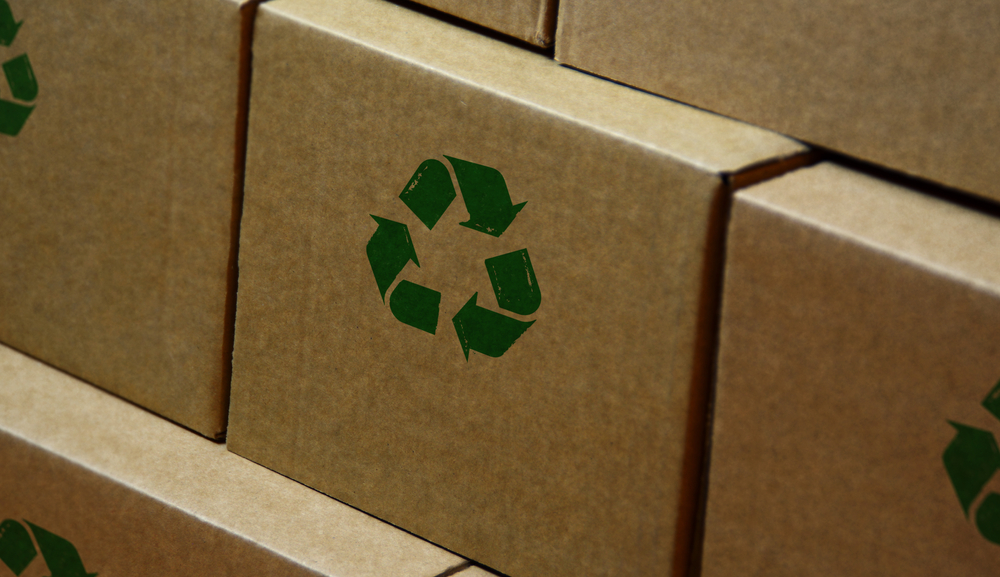
Sustainable packaging
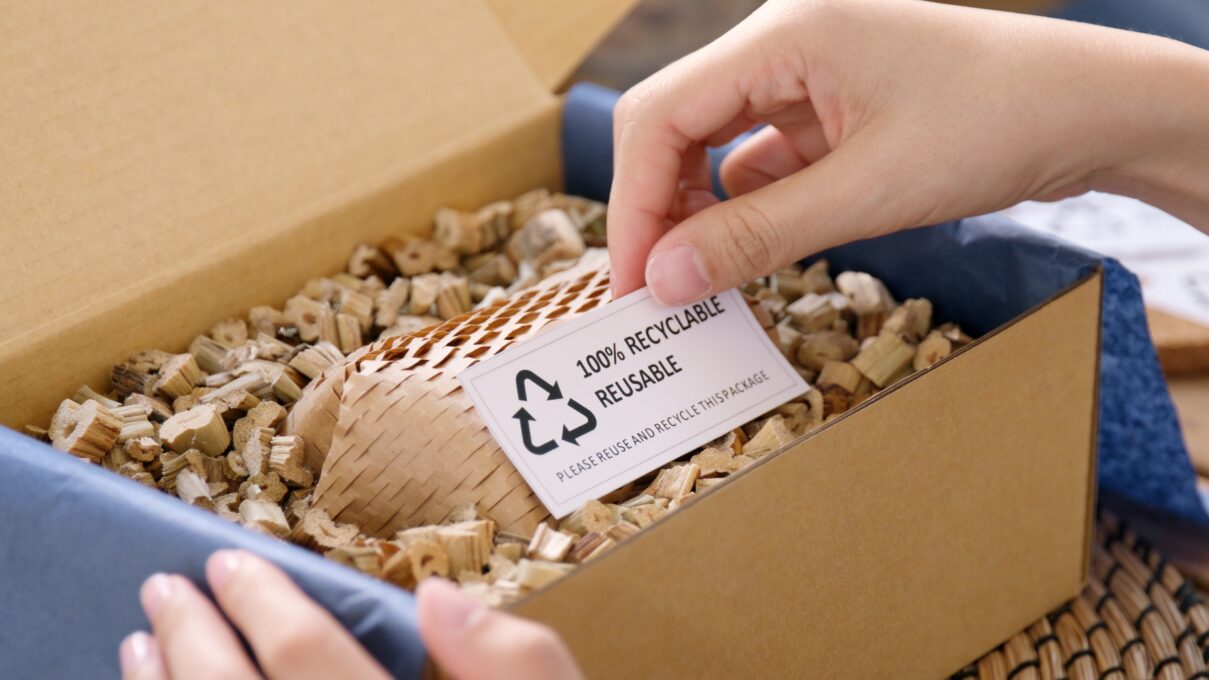
Sustainable products: the key to a greener future

Understanding environmental commodities

Energy sustainability practices at home

How to have a festive and eco-friendly Christmas this year

From waste to worth: battery recycling

How E-waste and electronics recycling helps environmental conservation

Kinds of plastics, uses and how to recycle
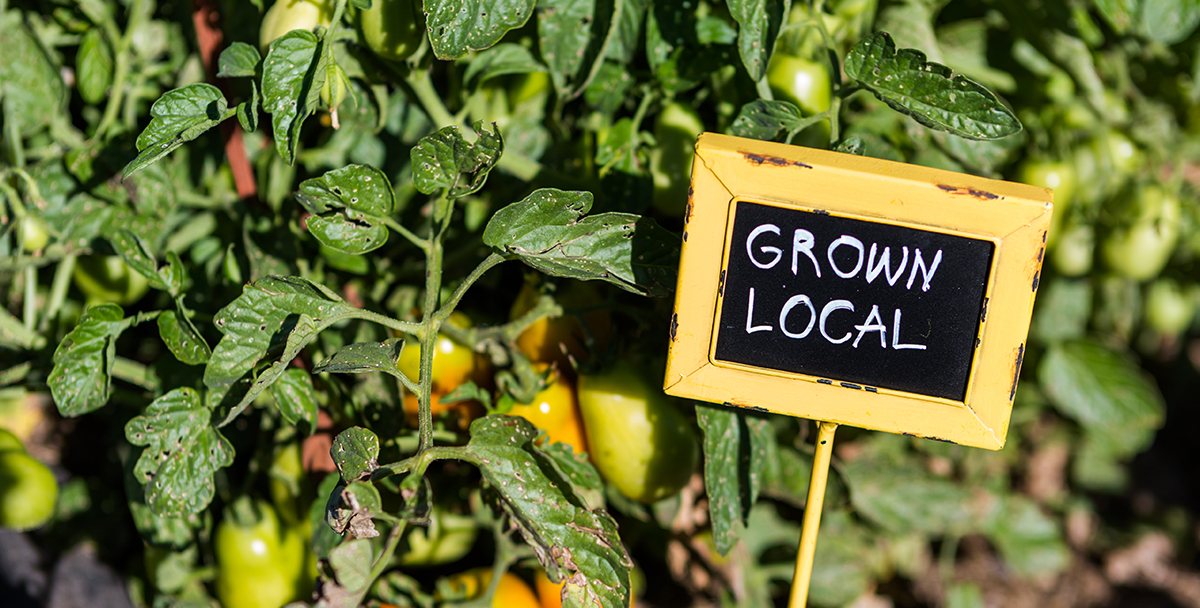
Sustainable Nutrition and its Role in Fighting Climate Change

A Health-E start

Ways the world can reduce emissions from global transport systems

Why Ecotourism Matters in the Fight Against Climate Change

Ways Your Smart Home Can Save Energy

What is the EU doing to implement green washing regulations?

Ecotourism: What It Is and Why It Matters

12 main principles of green chemistry

10 Sustainable Holiday Tips for a Greener Season

Sustainable manufacturing

Life Cycle Assessment (LCA): everything you need to know

Sustainable Tourism: How to Travel with Minimal Environmental Impact

Four benefits of a circular economy

Better links between waste management, circular economy and climate change mitigation measures can boost greenhouse gas emission reductions

Digitalization can support shifting to more sustainable transport in Europe